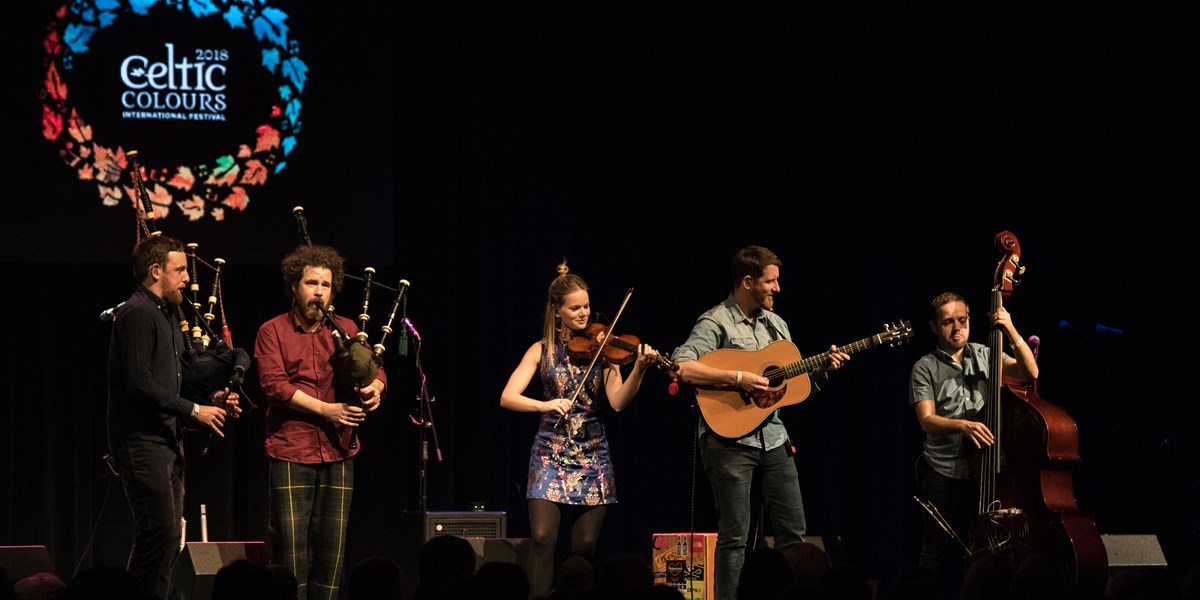Tuesday, October 16, 2018
Celtic Colours International Festival 2018 review
By Seán Purser
Novia Scotia celebrates its Scottish roots at this years' edition of the Celtic Folk festival, emphasising the musical connections between old and new country alike.

Scottish folk outfit Breabach were among the festival headliners © Seán Purser

Register now to continue reading

Thanks for visiting the Songlines website, your guide to an extraordinary world of music and culture. Sign up for a free account now to enjoy:
- Free access to 2 subscriber-only articles and album reviews every month
- Unlimited access to our news and awards pages
- Our regular email newsletters


